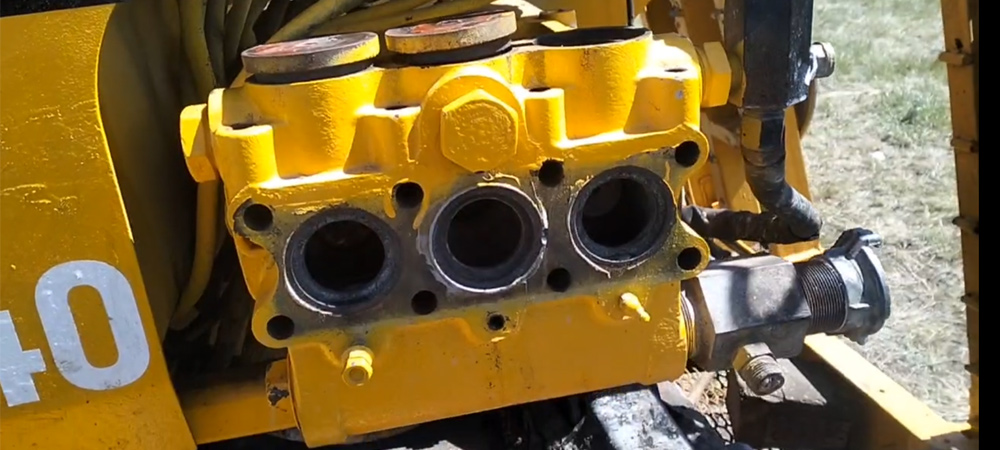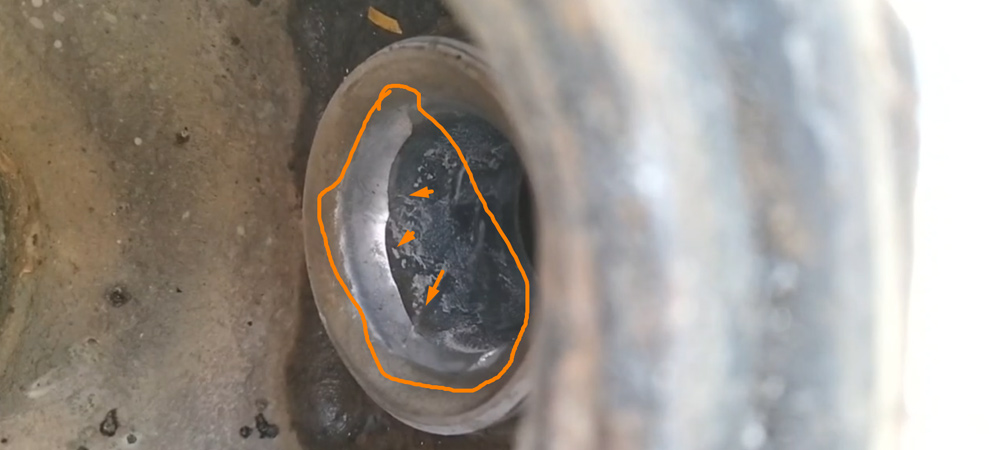
No Water Pressure
Upon receiving a complaint about the lack of water pressure, a disassembly of the Vermeer 24×40 mud pump was carried out for diagnostics. During the inspection, plungers, seats, and valve assemblies were checked. The main issue was identified in the sealing elements — valve rubbers responsible for tightness and the creation of working pressure.
Diagnostics and Detected Defects

- Some valve rubbers were heavily worn, and two were completely missing.
- Only 2 out of 6 valves still had rubbers that partially performed the sealing function.
- Due to wear/loss of rubbers, backflow of drilling fluid occurred and pressure was not created.
Such a condition is typical for prolonged operation without scheduled replacement of consumables. Valve rubbers operate under constant pressure and abrasive exposure from the drilling fluid, therefore their condition must be monitored every 300–500 operatinghours.
Consequences of Operating Without Rubbers

Operating valves in a “metal-to-metal” mode without a damping insert leads to chipping, microcracks, and deformations of the seating surfaces. This increases vibration and accelerates the wear of seats, which can result in failure of the entire valve assembly and risks of pump body damage
Repair Recommendations
- Replace 4 valve rubbers with new high-quality seals.
- Replace the two valves with the highest wear with new ones.
- Use original or proven equivalents with confirmed wear resistance characteristics.
This approach will quickly restore working pressure with minimal costs and reduce the risk of repeated downtime at the site.
Prevention and Maintenance Regulations
- Check the condition of the seals every 300–500 operating hours or at the first signs of pressure drop.
- Scheduled replacement of valve rubbers in sets on all valves to ensure even operation of the assembly.
- Inspect the condition of seats and valve springs during each maintenance.
- Use drilling fluid of the required purity to reduce abrasiveness of the working medium.
